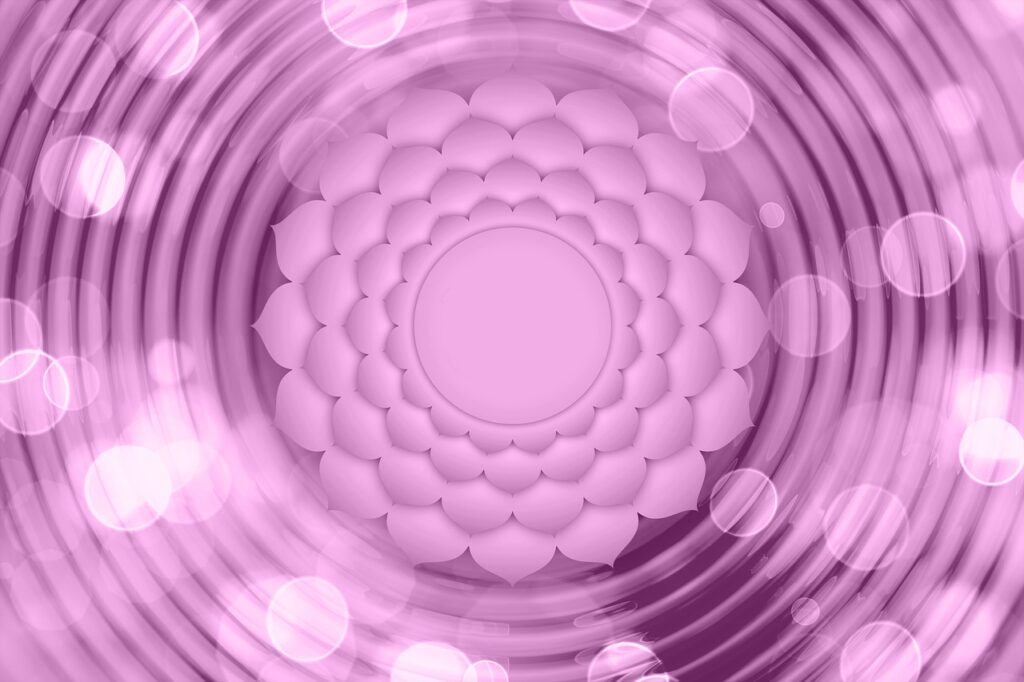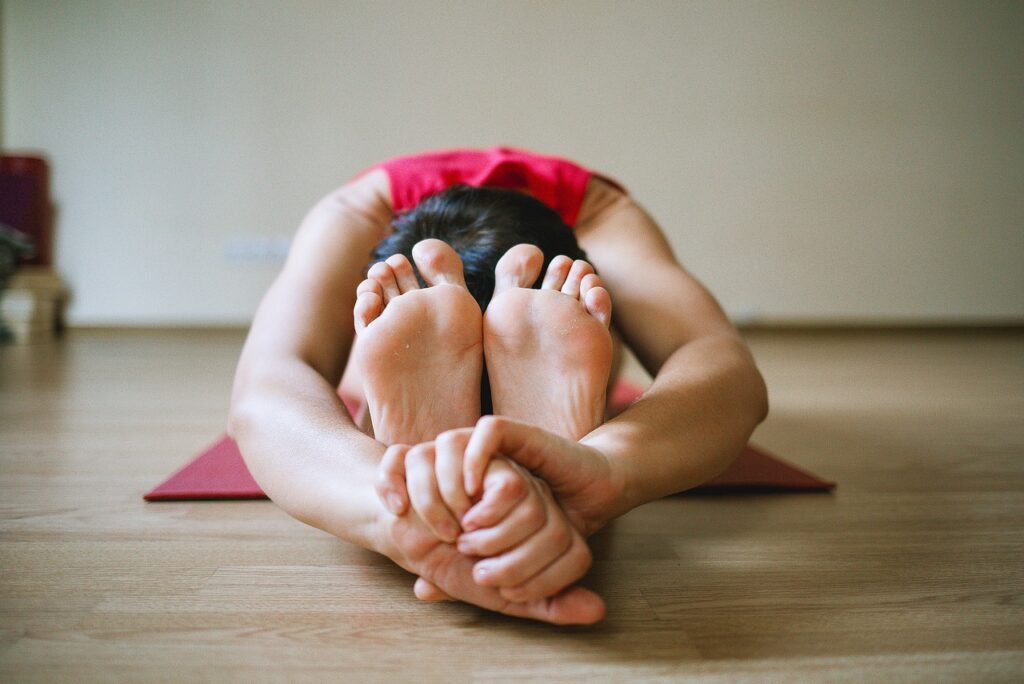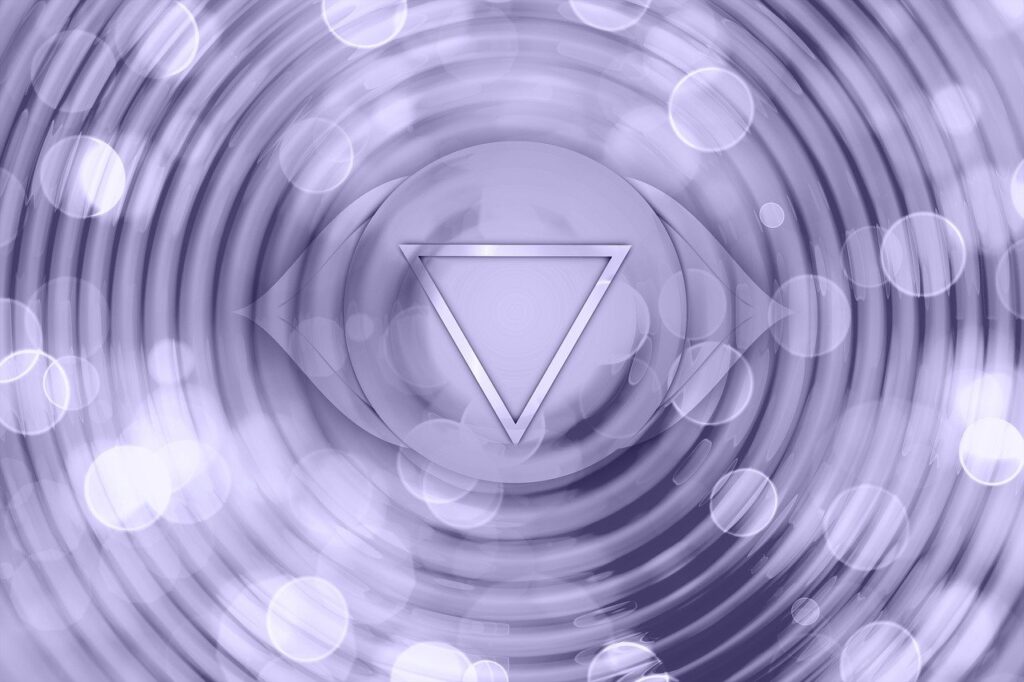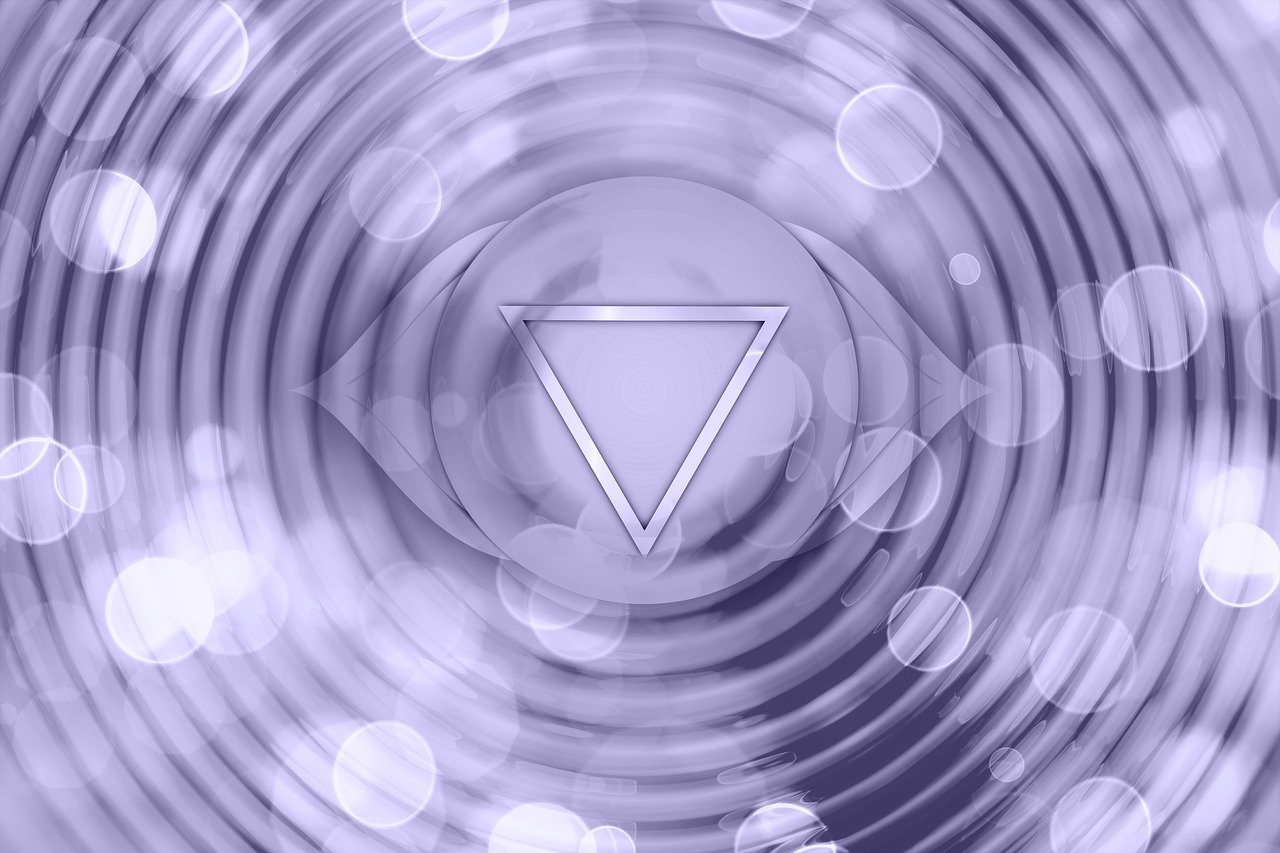In the world of yoga philosophy, the chakra system holds great significance and plays a vital role in our overall well-being. The chakras, which are energy centers located along the spine, are believed to be interconnected and responsible for various aspects of our physical, emotional, and spiritual self. By understanding and balancing these chakras through yoga practices, we can achieve a sense of harmony, vitality, and inner peace. Let’s explore how the chakra system influences our well-being and how it can enhance our overall quality of life.
Overview of the Chakra System in Yoga Philosophy
Definition of chakras
In yoga philosophy, chakras are believed to be energy centers in the body that correspond to different aspects of our physical, emotional, and spiritual well-being. The term “chakra” is derived from the Sanskrit word meaning “wheel” or “vortex,” representing the spinning energy within each of these centers. There are seven main chakras located along the spine, from the base to the crown of the head.
Origins of the chakra system
The chakra system has its roots in ancient Indian philosophy and the practices of yoga and meditation. It is believed to have originated thousands of years ago, with references to chakras found in ancient texts such as the Vedas and Upanishads. The chakra system became more widely known in the West in the 20th century, thanks to the teachings of yogis and spiritual leaders.
Understanding the relationship between chakras and yoga philosophy
In yoga philosophy, the chakras are seen as fundamental aspects of our being and are considered a pathway to self-discovery and spiritual growth. Each chakra is associated with specific qualities, such as grounding, creativity, personal power, love, communication, intuition, and spiritual connection. By understanding and working with the chakras, we can bring balance and harmony to our mind, body, and spirit.
The Seven Chakras and Their Significance
Muladhara (Root Chakra)
The Muladhara chakra is located at the base of the spine and symbolizes our foundation and sense of stability. It is associated with the element of earth and is responsible for our feelings of groundedness, security, and survival. When the Muladhara chakra is balanced, we feel a sense of strength and rootedness in our lives.
Svadhishthana (Sacral Chakra)
Located in the lower abdomen, the Svadhishthana chakra represents our creativity, passion, and sexuality. It is associated with the element of water and governs our emotional well-being, pleasure, and sensuality. When the Svadhishthana chakra is in balance, we experience a healthy flow of emotions and a vibrant creative energy.
Manipura (Solar Plexus Chakra)
The Manipura chakra is located in the upper abdomen and is associated with our personal power, self-esteem, and confidence. It is symbolized by the element of fire and is responsible for our vitality, courage, and willpower. When the Manipura chakra is balanced, we have a strong sense of self and can manifest our desires with ease.
Anahata (Heart Chakra)
The Anahata chakra is located in the center of the chest and represents love, compassion, and forgiveness. It is associated with the element of air and governs our ability to give and receive love, form healthy relationships, and cultivate empathy. When the Anahata chakra is balanced, we experience deep emotional healing and open-heartedness.
Vishuddha (Throat Chakra)
Located at the throat, the Vishuddha chakra is related to communication, self-expression, and authenticity. It is associated with the element of ether and governs our ability to speak our truth, express ourselves creatively, and listen attentively. When the Vishuddha chakra is balanced, we can effectively communicate our thoughts and feelings, enhancing our relationships and self-confidence.
Ajna (Third Eye Chakra)
The Ajna chakra is situated in the center of the forehead, between the eyebrows, also known as the third eye. It represents intuition, insight, and higher consciousness. The element associated with Ajna is light, and it governs our ability to perceive the unseen, trust our intuition, and gain spiritual wisdom. When the Ajna chakra is balanced, we have clarity of thought and a deep connection to our inner guidance.
Sahasrara (Crown Chakra)
The Sahasrara chakra is located at the top of the head and symbolizes our spiritual connection and enlightenment. It is associated with the element of thought and is responsible for our connection to higher states of consciousness and divine energy. When the Sahasrara chakra is balanced, we experience a profound sense of oneness, spiritual awakening, and transcendence.

The Role of Chakras in Well-being
Energetic balance and flow
The chakras are believed to be interconnected and constantly influencing one another. When all of the chakras are in balance and the energy flows freely through them, we experience a state of optimal well-being. Imbalances or blockages in the chakras can lead to physical, emotional, and spiritual disharmony.
Physical and emotional connection
Each chakra is associated with specific organs, glands, and body parts, as well as certain emotions and patterns of thinking. By working with the chakras, we can develop a deeper understanding of our physical and emotional selves and identify areas that may need healing or attention.
Psychological and spiritual development
The chakras provide a framework for personal growth and self-realization. By working with the energy centers, we can explore and heal past traumas, release limiting beliefs, and cultivate qualities such as love, compassion, and intuition. The chakra system offers a path to spiritual awakening and a deeper connection to our higher selves.
Enhancing self-awareness and self-expression
Through chakra work, we can develop a greater awareness of our thoughts, emotions, and behaviors. By understanding the patterns and beliefs associated with each chakra, we can make conscious choices and express ourselves authentically. Chakra awareness allows us to live more fully and in alignment with our true nature.
Understanding the Influence of Chakras on Well-being
Energy centers and health
The chakras are closely connected to our overall health and well-being. When the energy centers are balanced and flowing freely, the body’s natural healing processes are supported, and we experience a greater sense of vitality and vitality. Imbalances or blockages in the chakras can manifest as physical symptoms or ailments.
Impact on physical ailments
Each chakra is associated with specific organs and body systems. When a particular chakra is imbalanced, it can affect the corresponding area of the body, potentially leading to physical discomfort, illness, or disease. For example, an imbalance in the Manipura chakra may manifest as digestive issues or low energy.
Effects on emotional well-being
The chakras are intimately connected to our emotions and can influence our mood, emotional stability, and ability to cope with stress. Imbalances in certain chakras can lead to emotional disturbances, such as anxiety, depression, or feelings of being stuck. Balancing the chakras can promote emotional healing and harmony.
Connection to mental and spiritual health
The chakras play a vital role in our mental and spiritual well-being. They are associated with different aspects of consciousness and can impact our clarity of thought, intuition, and connection to higher states of awareness. By working with the chakras, we can cultivate mental clarity, expand our consciousness, and deepen our spiritual practices.

Techniques for Balancing and Harmonizing Chakras
Yoga asanas (postures)
Practicing yoga asanas that target specific chakras can help to balance and energize these energy centers. Each chakra is associated with certain poses, such as grounding poses for the Muladhara chakra, hip-opening poses for the Svadhishthana chakra, and heart-opening poses for the Anahata chakra. Regular yoga practice can support the overall balance of the chakras.
Pranayama (breathing exercises)
Breathing exercises, or pranayama, can have a profound impact on the chakras. Deep, mindful breathing techniques help to regulate the flow of prana (life force energy) in the body and can remove blockages or imbalances in the chakras. Alternate nostril breathing, Kapalabhati breath, and Ujjayi breath are a few pranayama techniques that can be used to balance the chakras.
Meditation and visualization
Meditation is a powerful tool for chakra balancing and harmonizing. By focusing the mind and turning inward, we can bring awareness to the energy centers and visualize the flow of energy through each chakra. Guided meditations that specifically target the chakras can be a helpful aid in this practice, allowing us to deepen our connection and understanding of each energy center.
Mantras and affirmations
Chanting mantras or using affirmations associated with each chakra can help to activate and balance these energy centers. The vibrations created by chanting specific sounds can stimulate the chakras and clear any stagnant energy. For example, chanting the seed mantra “LAM” for the Muladhara chakra or “OM” for the Sahasrara chakra can have a powerful effect on the corresponding energy center.
Crystals and gemstones
Crystals and gemstones have been used for centuries for their healing properties and ability to balance and harmonize the chakras. Each chakra is associated with specific stones that resonate with its energy. Placing or wearing crystals or gemstones on or near the corresponding chakras can support the balance and flow of energy through these energy centers.
Benefits of a Balanced Chakra System
Improved physical health
A balanced chakra system can have a positive impact on our physical health. When the energy is flowing freely through the chakras, it supports the body’s natural healing processes, strengthens the immune system, and promotes overall well-being. Balanced chakras can also help to prevent the onset of disease or illness.
Enhanced emotional well-being
Balanced chakras contribute to emotional stability and well-being. By releasing stagnant or blocked energy, we can experience a greater sense of peace, joy, and resilience. When the chakras are in harmony, we are better able to manage stress, navigate challenging emotions, and cultivate a positive outlook on life.
Increased mental clarity and focus
Working with the chakras can enhance mental clarity, concentration, and focus. When the energy centers are balanced, our ability to think clearly, make decisions, and process information is enhanced. Balancing the chakras can also reduce mental fatigue, improve memory, and promote a sense of mental calmness and balance.
Deepened spiritual connection
A balanced chakra system can deepen our spiritual connection and foster a sense of interconnectedness. By cultivating awareness of the energy centers and their associated qualities, we can access higher states of consciousness, connect to our inner guidance, and experience a greater sense of purpose and meaning in life.

Common Blocks and Imbalances in the Chakra System
Excessive energy
Excessive energy in a chakra can result in an overactive or hyperactive state. For example, an excessive Muladhara chakra may lead to excessive materialism, greed, or stubbornness. Imbalances in the chakras can manifest as repetitive negative patterns, overindulgence, or an inability to let go.
Deficient energy
Deficient energy in a chakra can result in an underactive or depleted state. For example, a deficient Manipura chakra can lead to low self-esteem, lack of confidence, or feelings of powerlessness. Imbalances in the chakras can manifest as insecurity, lack of motivation, or a sense of being disconnected from oneself.
Blocked energy
Blocked energy in a chakra can result from past traumas, repressed emotions, or unresolved issues. This can lead to physical, emotional, or spiritual stagnation. For example, a blocked Vishuddha chakra may result in difficulty expressing oneself, fear of speaking up, or throat-related ailments. It is important to identify and release these energetic blocks to restore balance and flow.
Psychological and emotional factors
Psychological and emotional factors can also contribute to imbalances in the chakra system. Negative thought patterns, limiting beliefs, or unresolved emotions can impact the flow of energy through the chakras. Addressing these psychological and emotional factors through therapy, self-reflection, or healing practices can support the overall balance of the chakras.
Identifying and Healing Chakra Imbalances
Physical symptoms and cues
Chakra imbalances can manifest as physical symptoms or cues in the body. For example, a blocked Muladhara chakra may result in lower back pain, digestive issues, or feeling disconnected from the physical body. By tuning into our bodies and observing any discomfort or sensations, we can gain insight into potential chakra imbalances and take steps towards healing.
Emotional and psychological indicators
Chakra imbalances can also be reflected in our emotions and psychological well-being. For example, an imbalanced Anahata chakra may lead to difficulty in forming connections, feelings of isolation, or an inability to give or receive love. By exploring our emotions and noticing patterns or areas of emotional distress, we can gain an understanding of which chakras may be out of balance.
Healing modalities and practices
There are various healing modalities and practices that can support chakra balancing and healing. These include energy healing modalities like Reiki, acupuncture, or sound healing, as well as somatic practices such as yoga or Tai Chi. Working with a qualified practitioner or exploring self-healing techniques can facilitate the release of energetic blocks and promote chakra alignment.
Integration of Chakra Work in Yoga Practice
Incorporating chakra awareness in asana practice
Incorporating chakra awareness in asana practice involves bringing attention to specific areas of the body and the associated qualities of each chakra. For example, during a balancing pose, focus on grounding through the Muladhara chakra, cultivating strength through the Manipura chakra, and opening the heart through the Anahata chakra. This allows for a deeper connection between the physical practice and the chakras.
Using pranayama techniques to balance chakras
Pranayama techniques can be used to specifically target and balance the chakras. For example, using Kapalabhati breath to activate and energize the Manipura chakra or practicing Nadi Shodhana to balance the energy flow between the left and right sides of the body, enhancing the Ajna chakra. By incorporating pranayama techniques into our yoga practice, we can deepen our chakra work.
Meditative approaches for chakra activation
Meditation is a powerful tool for chakra activation and balancing. By focusing on a specific chakra during meditation, we can bring awareness to that energy center and visualize it opening and expanding. Mantra meditation, where we repeat a specific chakra-related sound or affirmation, can also be used to activate and harmonize the chakras. Regular meditation practice can deepen our understanding and experience of the chakras.
Chakra-centered yoga classes and workshops
Many yoga studios offer chakra-centered classes or workshops that focus specifically on the chakras and their influence on well-being. These classes often combine physical postures, breathwork, meditation, and other practices to support chakra balancing and harmonization. Attending these specialized classes can provide a deeper exploration and understanding of the chakras within a supportive community.
Incorporating Chakra Awareness into Daily Life
Mindfulness and chakra observation
Incorporating chakra awareness into daily life starts with mindfulness and observation. By bringing our attention to the energy centers throughout the day, we can become attuned to any imbalances or fluctuations. This can be done through simple moments of pause and reflection, noticing any sensations or emotions in specific areas of the body associated with the chakras.
Living in alignment with chakra principles
Living in alignment with chakra principles involves embodying the qualities associated with each energy center in our daily lives. For example, practicing gratitude and grounding techniques to align with the Muladhara chakra, nurturing creativity and emotional expression for the Svadhishthana chakra, and practicing self-care and self-compassion to support the Anahata chakra. By consciously integrating these qualities into our actions and interactions, we can live more in harmony with our chakras.
Chakra-related rituals and practices
Engaging in chakra-related rituals and practices can further enhance our connection to the energy centers. This can include activities such as journaling, creating chakra altars or visualizations, and incorporating specific colors, sounds, or scents associated with each chakra into our environment. These rituals and practices can serve as reminders and invitations to honor and balance the chakras in our daily lives.
In conclusion, the chakra system in yoga philosophy offers a holistic framework for understanding and enhancing our well-being. By exploring and working with the seven chakras, we can cultivate balance, harmony, and self-awareness in all aspects of our lives. Whether through yoga practice, meditation, breathwork, or other healing modalities, the chakras provide us with a profound pathway to self-discovery, emotional healing, and spiritual growth.

